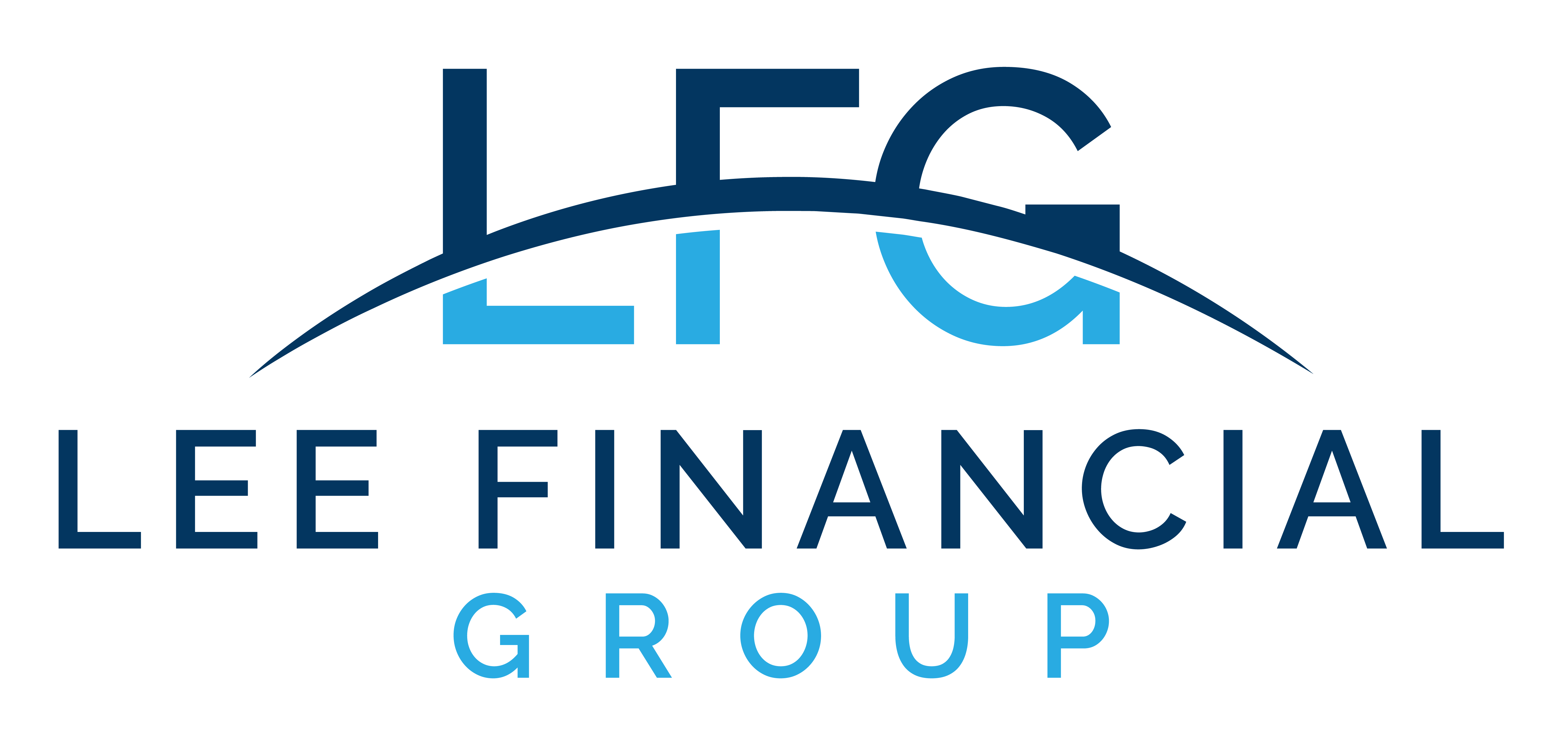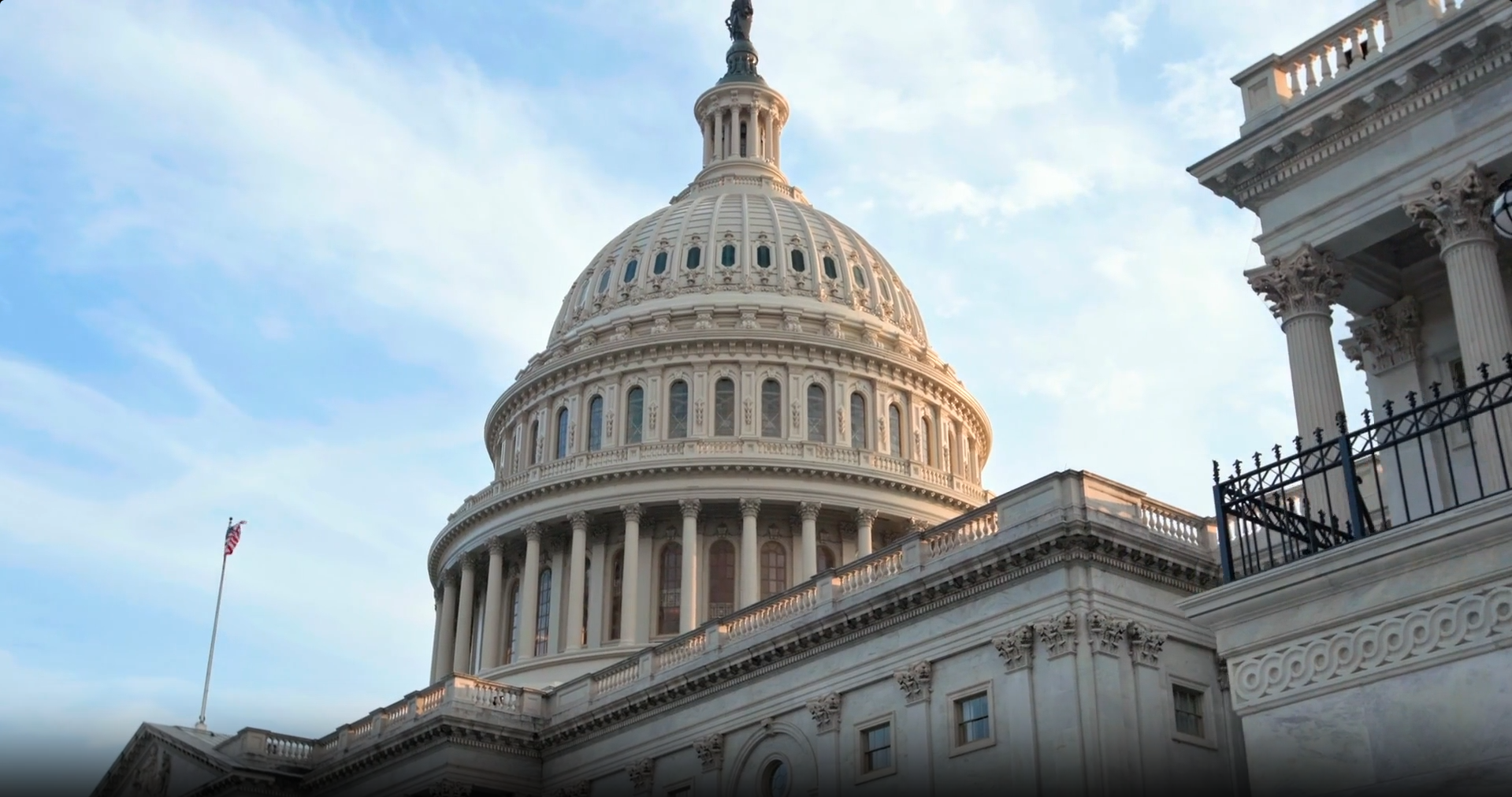Life insurance has three main categories: term life, whole life (also referred to as permanent), and universal life. Each type is distinctive, with its own set of benefits and features. Choosing the best one depends on your individual needs and priorities and the best fit for your family, loved ones, and other beneficiaries.
The Definitions
- Term life: These policies provide payment of a death benefit for a certain term of your life, i.e., five, ten, 15, or 20 years, as specified in the insurance policy. Term life insurance generally appeals to consumers who desire lower premiums. However, longer terms may have higher premiums. These policies are best If you want insurance coverage for a set number of years or have a tight budget. In addition, you may hear the term “cash value” when shopping for insurance. Term life policies do not accumulate cash value. Instead, premiums are applied to your payout, which, in turn, keeps the costs of term life lower than permanent life insurance. A few insurers have developed term life policies that offer a return of the premiums. The feature ensures that a percentage of the premiums you paid will be returned if you fail to file a claim before the expiration of the coverage term.
- Whole Life: These policies are recommended for people who desire insurance coverage for several decades until their death. Also, it’s preferred by people who want a percentage of the premiums to accumulate a cash value or savings. In these two examples, a whole or universal policy may be apropos. Basic whole life insurance has a fixed premium and provides a minimum rate of return on the dollars invested by the insured. Thus, these policies build a cash value.
- Universal Life: A universal life insurance policy, a type of permanent insurance, may offer customers the opportunity to increase the death benefit or adjust premium payments. Unlike term life insurance, which is designed for a specific period, such as 20 years, universal life insurance is in effect for the remainder of your life (unless you stop paying the premium).
Getting into the Universal Life Details
Some universal life insurance policies also feature a cash value component; the cash earns tax-deferred interest. Money accumulates when the policyholder sends in the premium payment: The insurance company keeps the cost of the insurance and administrative fees and places the remainder in the cash value account.
After money has accumulated in the account, the policyholder has the option of altering premium payments—as long as sufficient funds are in the account to take care of the costs. The insured can access the cash value through a withdrawal or loan. The loan is not taxable, assuming the policy is valid. But if the policy terminates before the loan is paid back, the insured may have to pay taxes. This would occur if the coverage ended, i.e., if the insured surrenders the policy or it lapses.
When the insured passes away, the insurance company will deduct any withdrawals or outstanding loans from the death benefit payout to your beneficiaries. But for many people, taking out money from the policies’ cash value during their lifetimes is more pressing than ensuring a full payout to beneficiaries after they pass away.
Types of Universal Life Insurance Policies
Universal life insurance policies include four types: guaranteed universal life, indexed variable life, variable universal life, and fixed universal life. Knowing the features and details of the coverage you purchase is crucial because the costs and features vary among these policies.
Guaranteed universal life is considered to be the lowest risk, while variable universal life has the most risk because the cash value is linked to equity and fixed income security performance. However, you can potentially accumulate more cash value with indexed universal life and variable universal life than guaranteed universal life (if the stock and markets perform well when the policy is in force).
As a result, people who desire a universal life insurance policy should consider the amount of risk they are willing to tolerate. Promises of outsized investment gains may not materialize.
Guaranteed universal life insurance generally has little or no cash value and often is the least expensive type of universal life insurance.
Guaranteed universal life is often referred to as “no lapse guaranteed universal life insurance.” This type of policy is designed to rectify recent problems. These issues occurred when traditional, non-guaranteed universal life insurance policies lapsed when the cash value was insufficient to cover the policy’s expenses and insurance cost. As a result, some policyholders who wanted to maintain their insurance policies were suddenly asked to pay higher, unexpected premiums.
These newer no-lapse policies are guaranteed to stay in force. But no such thing as a free lunch: If policyholders are late on a payment or miss one, the policy will likely terminate. Because typically, the policies have little cash value, there won’t be any money to take away, and the insurance company will hold on to the premiums that were paid.
Guaranteed universal insurance can be a good choice for someone seeking lifelong coverage or a person who is not as interested in the “investment” component of cash value. Unlike other types of universal life insurance, a guaranteed universal life policy does not provide flexibility with either the premium payments or the death benefit amount.
Universal Life Insurance with a Long-term Care Rider
Using life insurance for long-term care (LTC) by adding a rider is one method to provide financial protection if you require assisted living benefits as you get older. A long-term care life insurance rider is a policy addition that slightly alters how your life insurance works. It allows you to tap a portion or all of the policy’s death benefit for long-term care while you are alive.
The rider helps to pay long-term care expenses that traditional health insurance doesn’t cover, such as a home health care worker, a long-term care facility, or a nursing home. An LTC rider does not reimburse you for expenses covered by health insurance policies, such as doctor visits, hospitalization, and pharmaceutical prescriptions.
However, life insurance with an LTC rider usually raises your premium. In addition, withdrawing funds from the policy’s benefits while you are alive may significantly reduce the amount your beneficiaries will receive when you pass. Nevertheless, the rider may be an appealing option to secure a long-term care benefit.
If your insurer offers long-term care riders, you can add one to a permanent policy, such as universal life insurance or whole life insurance. LTC riders are usually not added to term life insurance policies but checking with your insurer is worthwhile.
Conclusion
Guaranteed universal life insurance is best for consumers who desire life insurance coverage that lasts the duration of their lives. For example, universal life insurance can fund a trust to care for a special needs child or other dependents after you are gone.
Another reason to choose a universal life insurance policy is if you have significant long-term savings goals and need both an investment vehicle and life insurance. However, most experts recommend only adding the insurance after investing the maximum in other savings options, such as retirement plans.
Finally, adding a long-term care rider to your guaranteed universal life insurance is one way to help pay for assisted living benefits as you get older.






What a Weaker Dollar Means for Your Investments